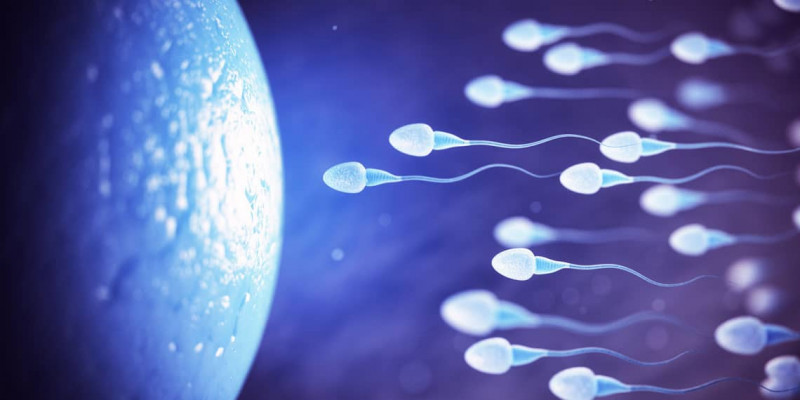
NORMAL SPERM :
Sperm cell consists of 3 parts: Head, neck and tail. The head includes the genetic material. The neck provides the energy necessary for the motility. The tail, on the other head, ensures the motility. Head of a normal sperm measures 4-5 um in length and 2.5-3.5 um in width, while the cylindrical neck measures 7-8 um in length. The tail is a bit thinner than neck, regular-shaped and measures approximately 40-50 um in length.
Normal sperm parameters:
Semen Volume: 1.5 ml
Sperm concentration: 15 million/ml
Total motility: 40%
Progressive motility: 32%
Vitality: %58
Sperm morphology: 4%
Morphological anomalies of the sperm can negatively affect the insemination capacity. Sperms especially with severe morphological anomalies: Round head, megalohead and tail-stump sperms may have high fertilization failure that is associated with low-quality embryo.
Sperms with normal morphology or near-normal morphology should primarily be selected. During microinjection procedure, up to 200 to 400x magnifications allows selection of sperms with best morphology among the motile sperms. However, it has been found that this approach cannot rule out some disorders, such as fertilization, growth of embryo and pregnancy. Thanks to developing technologies in recent years, organelles and nucleus of sperms can be zoomed in and examined with a method, called IMSI, by 6000-8000x magnification under special microscopes. It has been observed that this method can damage DNA structure since the vacuoles located in the nucleus that is found in the head of the sperm may impair the chromatin stabilization. This process results in failed fertilization and low embryo quality, consequently reduced chance of conception. It has been found that when sperms with non-vacuolar nuclei are selected and microinjected with IMSI technique, embryos reach the blastocyst phase at higher rates, rates of implantation and pregnancy increase and frequency of early pregnancy loss decreases.
PICSI dish is another method that is used to determine the DNA damage in the sperm. PICSI dish is a cup that contains hyaluronan. In normal circumstances, it is a substance that is found on wall of the egg, where the sperm attaches. Normal mature sperms with no DNA damage are attached to hyaluronan in this cup and the sperms that attach to the cup are used in microinjection. Various studies have shown that less chromosome disorder and less DNA damage are faced in cases treated with this method.
Moreover, various sperm sorting chips are developed to choose morphologically and physiologically better sperms or sperms with less likely DNA damage. The sperm is injected into the canal that is found in the chip, resulting in no need to centrifuge, and healthy sperms swim out through the canal in order to sort healthy sperms. It is observed that this treatment increase the rate of healthy sperm from 45% to 98%.
Now, routine use of these methods is not mandatory. However, it is recommended for the patients with low fertilization rates in previous attempts or repeated in vitro fertilization failures.
The In Vitro Fertilization implies fertilizing a human oocyte with a human sperm at the laboratory settings and transferring the resultant embryo into the womb.
The robotic rehabilitation is a treatment modality used to restore the walking ability in patients with total or partial loss of the gait function. The robotic rehabilitation is an evidence-based treatment that also involves virtual reality processes.
All pre-and post-operative procedures of the kidney transplant are extremely crucial for the health of both the recipient and the donor.
The check-up examinations allows treatment of the diseases successfully before the condition progresses to the symptomatic stage, as it ensures early diagnosis of many diseases.
An aesthetic look is important for most women. Certain processes that can cause deformities in women's body can make them feel unhappy and desperate.
Breast cancer is the most common type of cancer in women not only in our country but also worldwide.
As coronavirus (COVID-19) pandemic progresses, scientists teach us more about the virus and how it progresses.